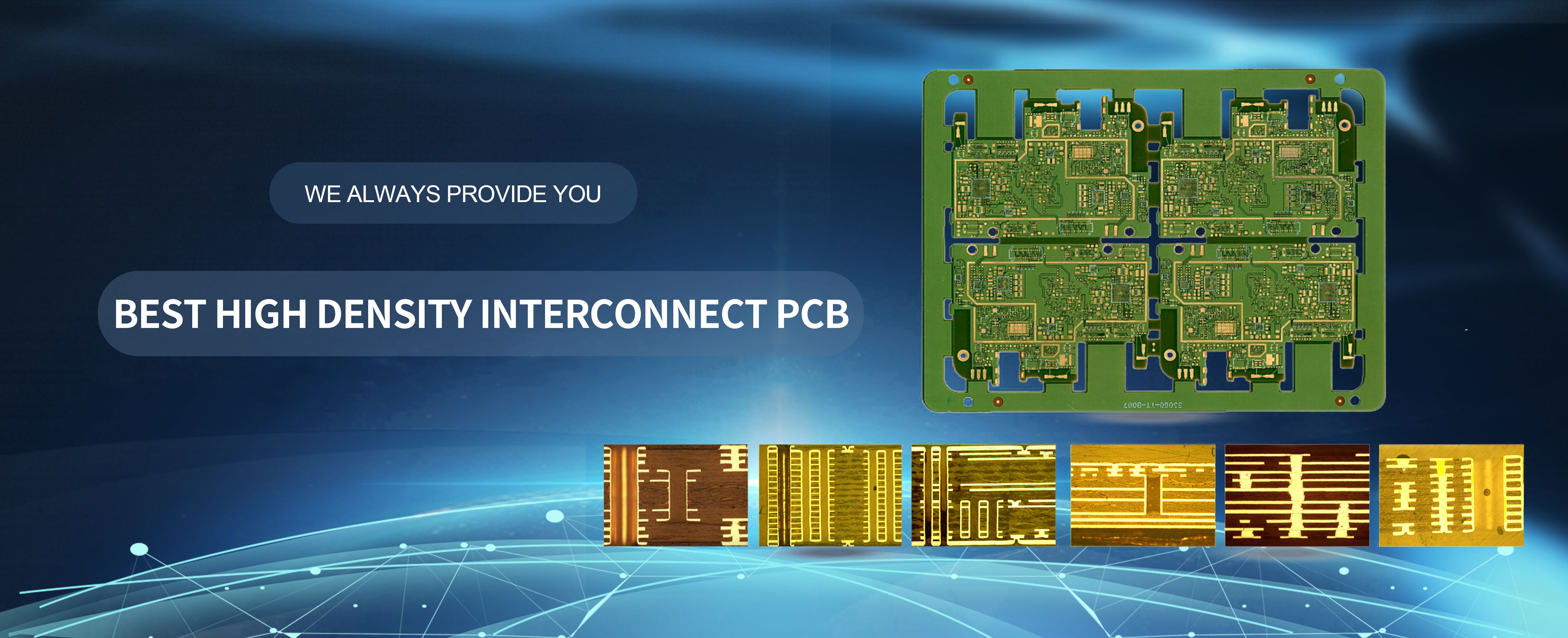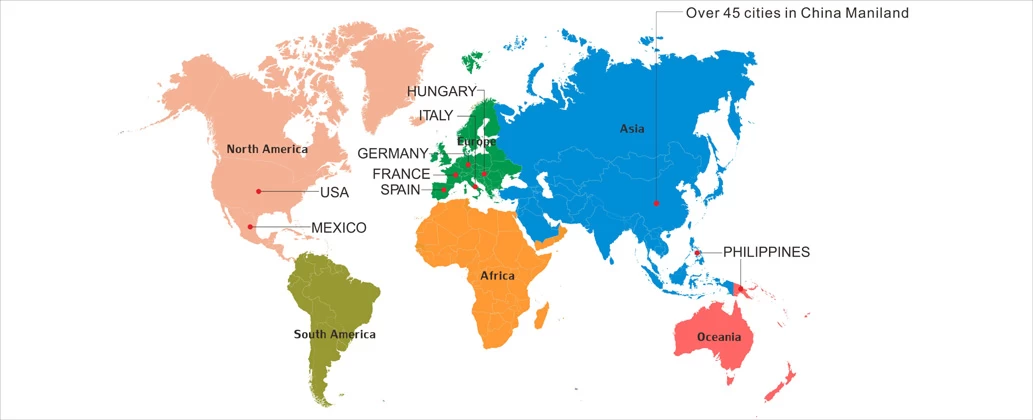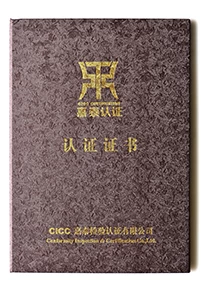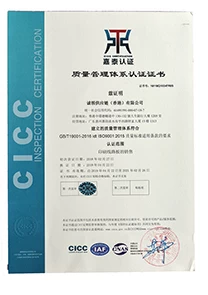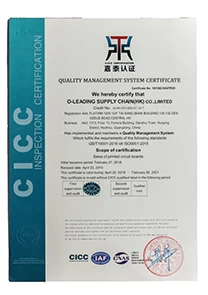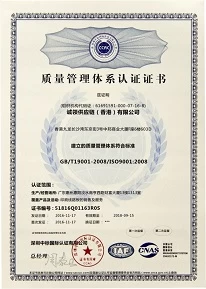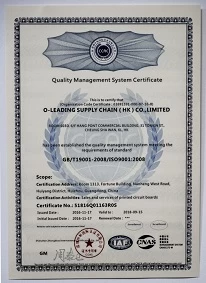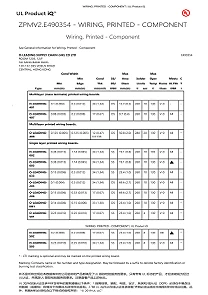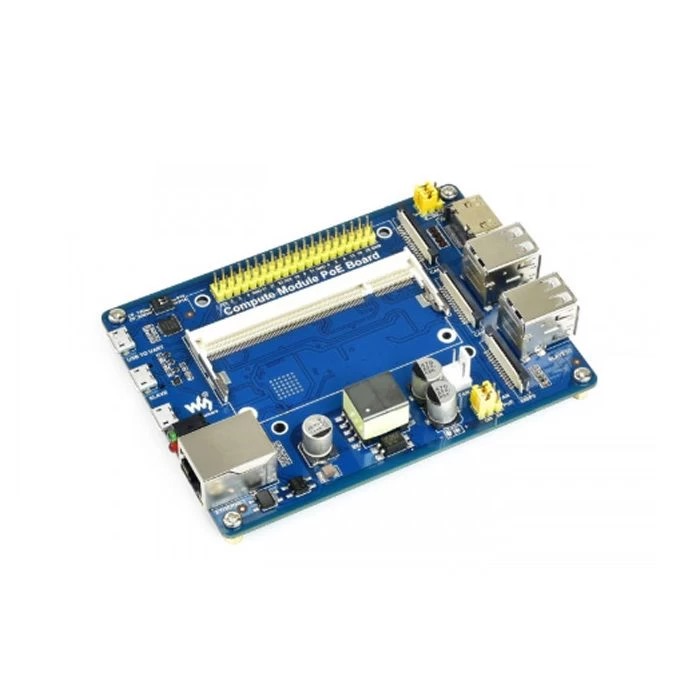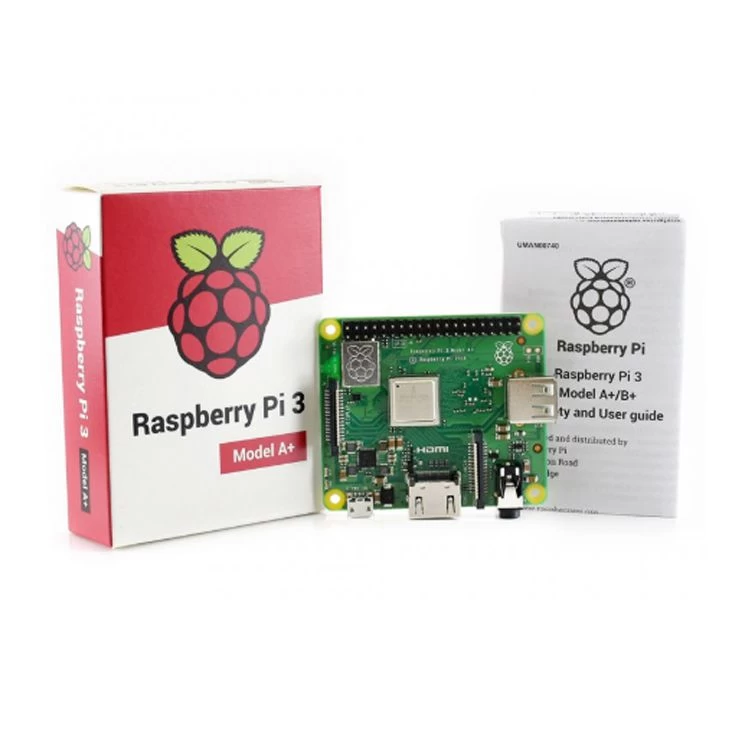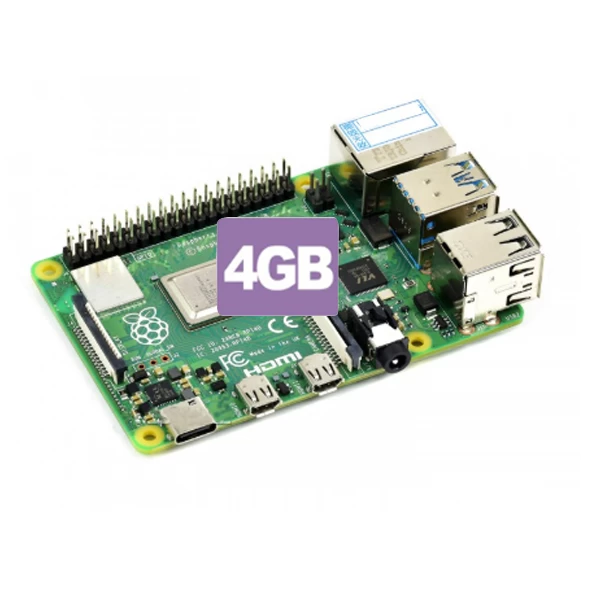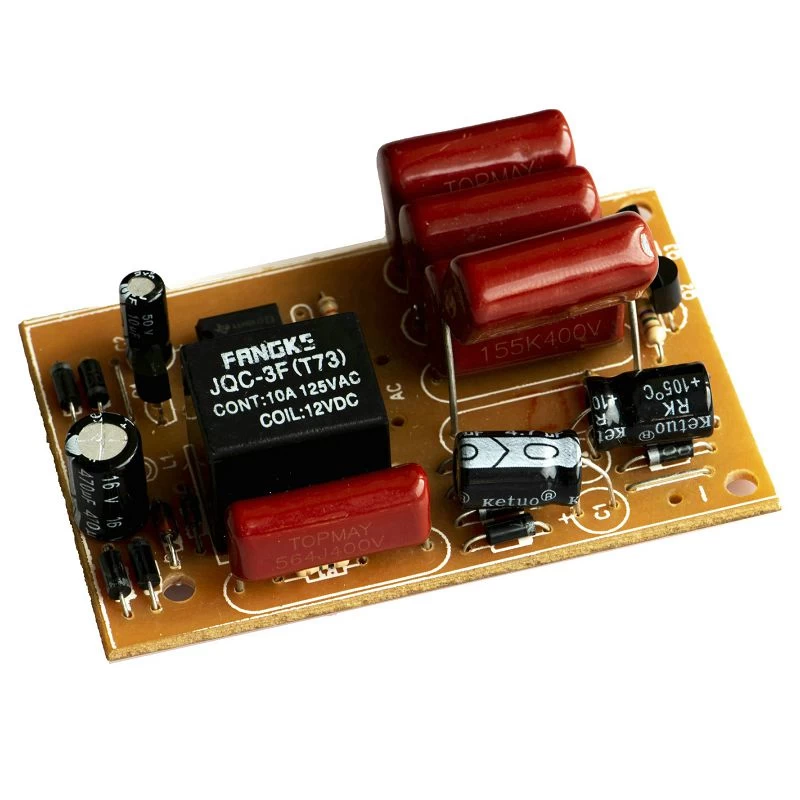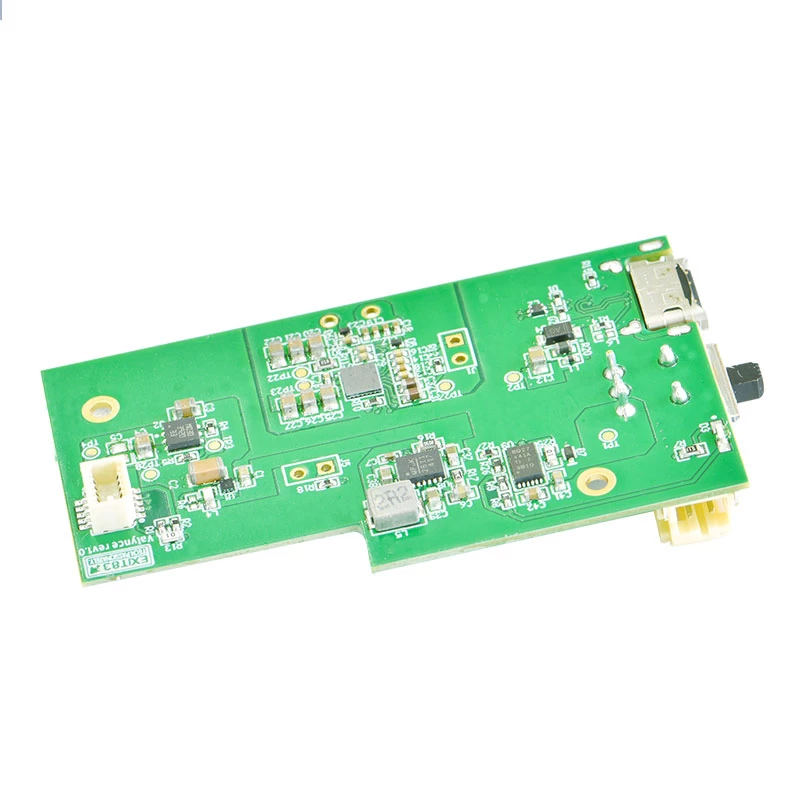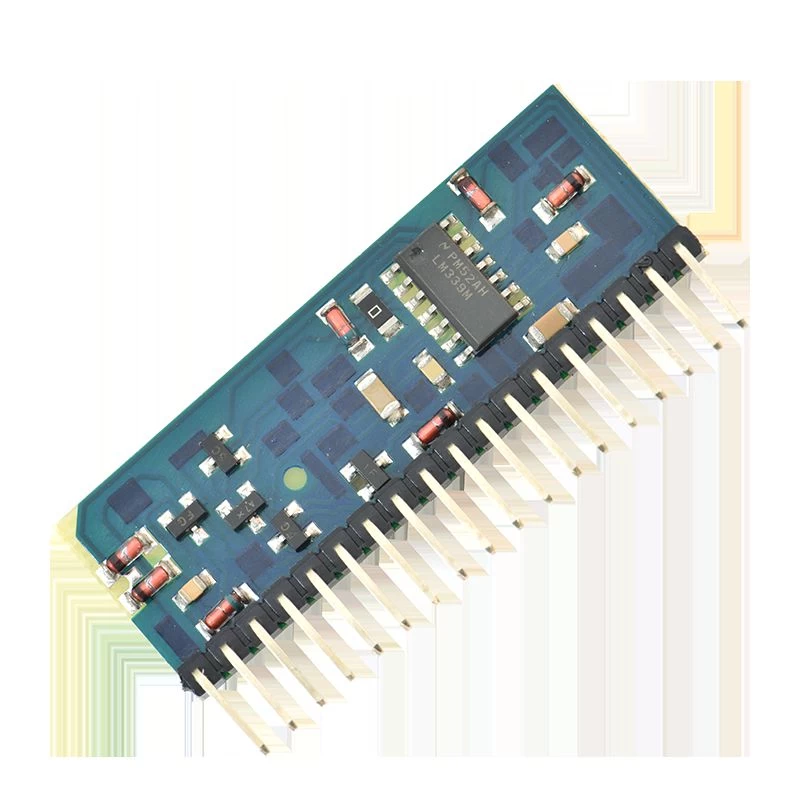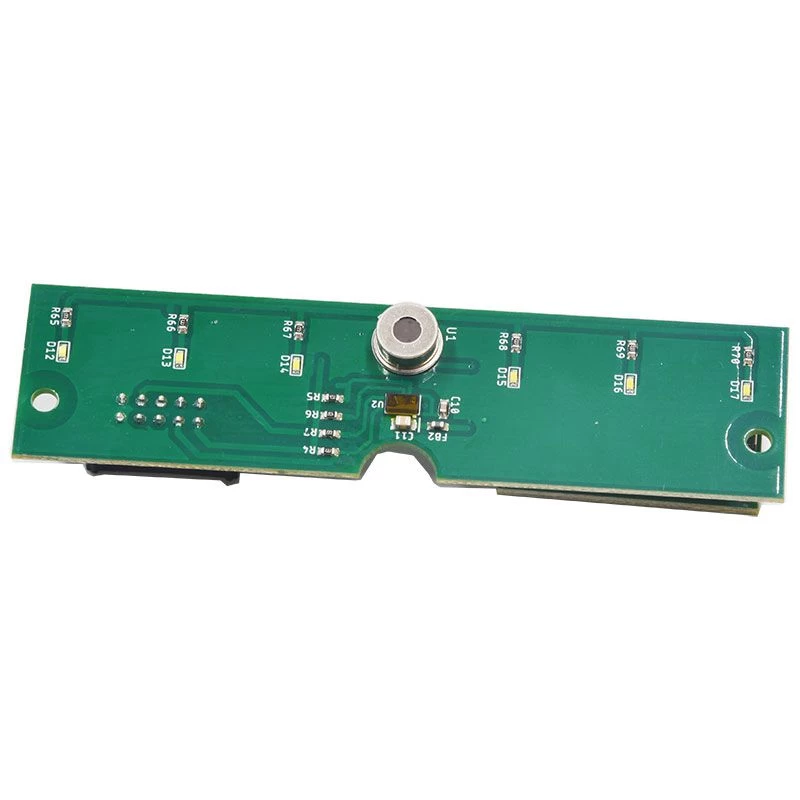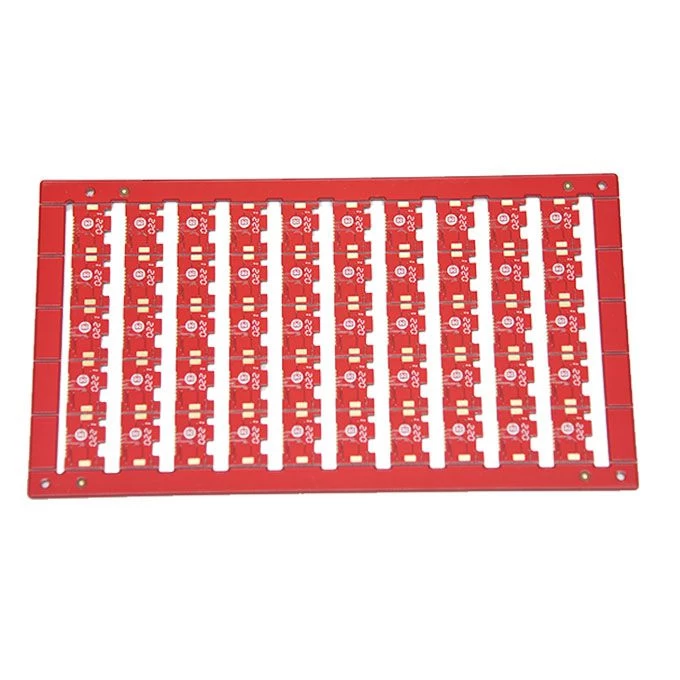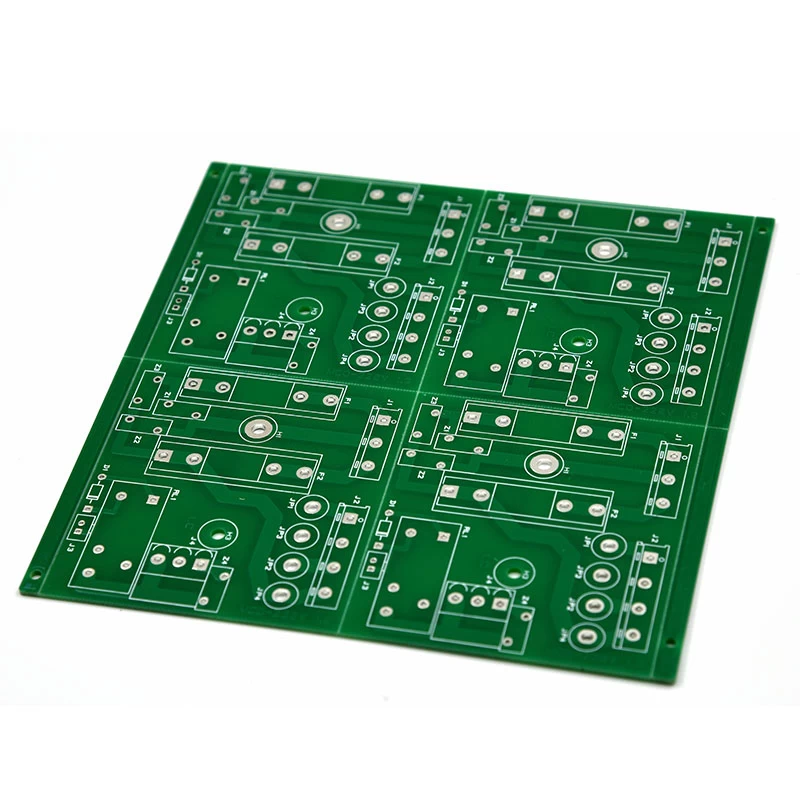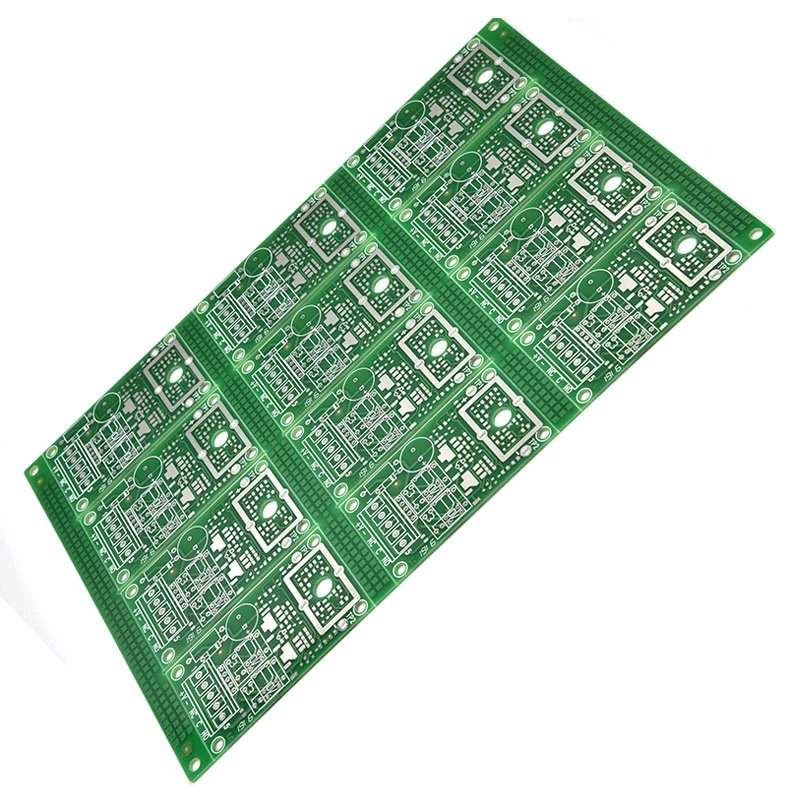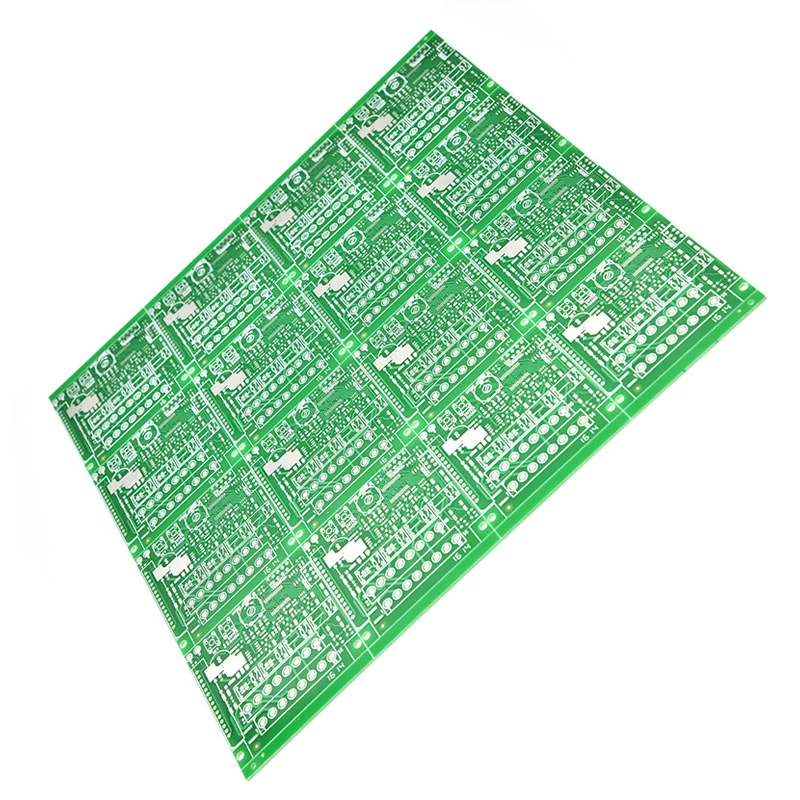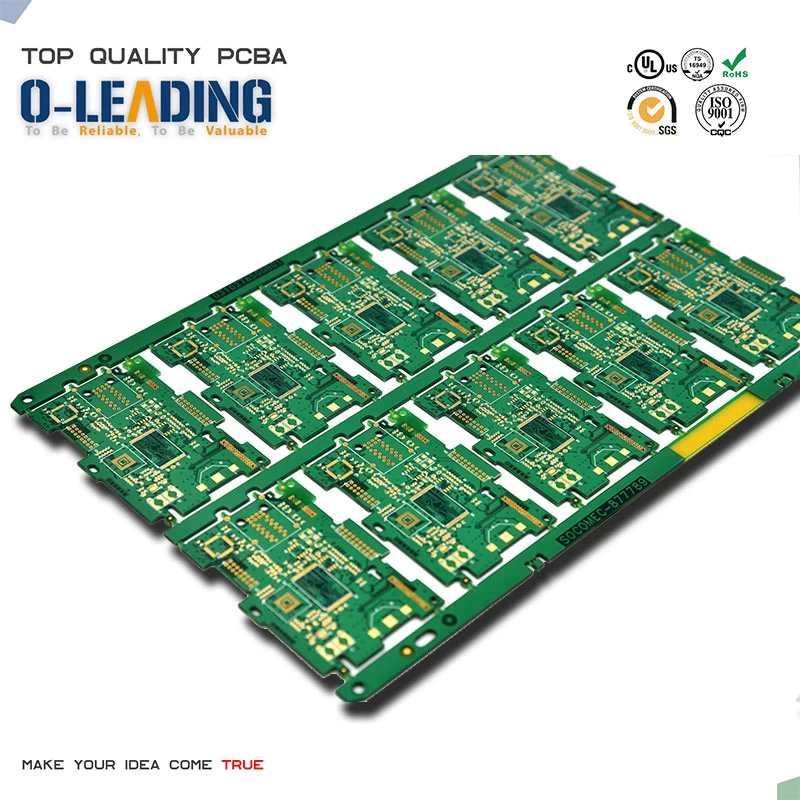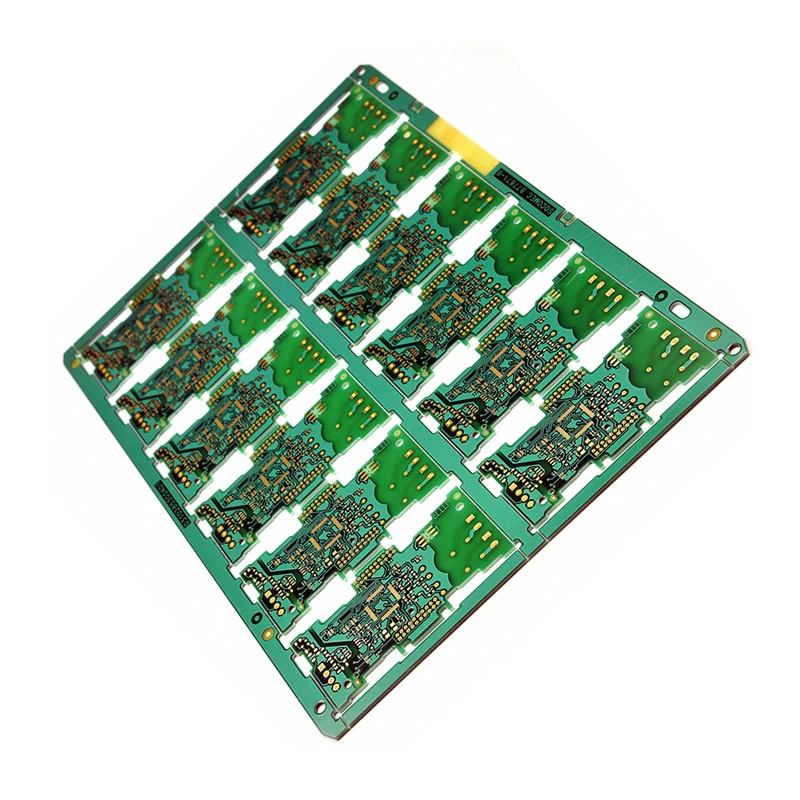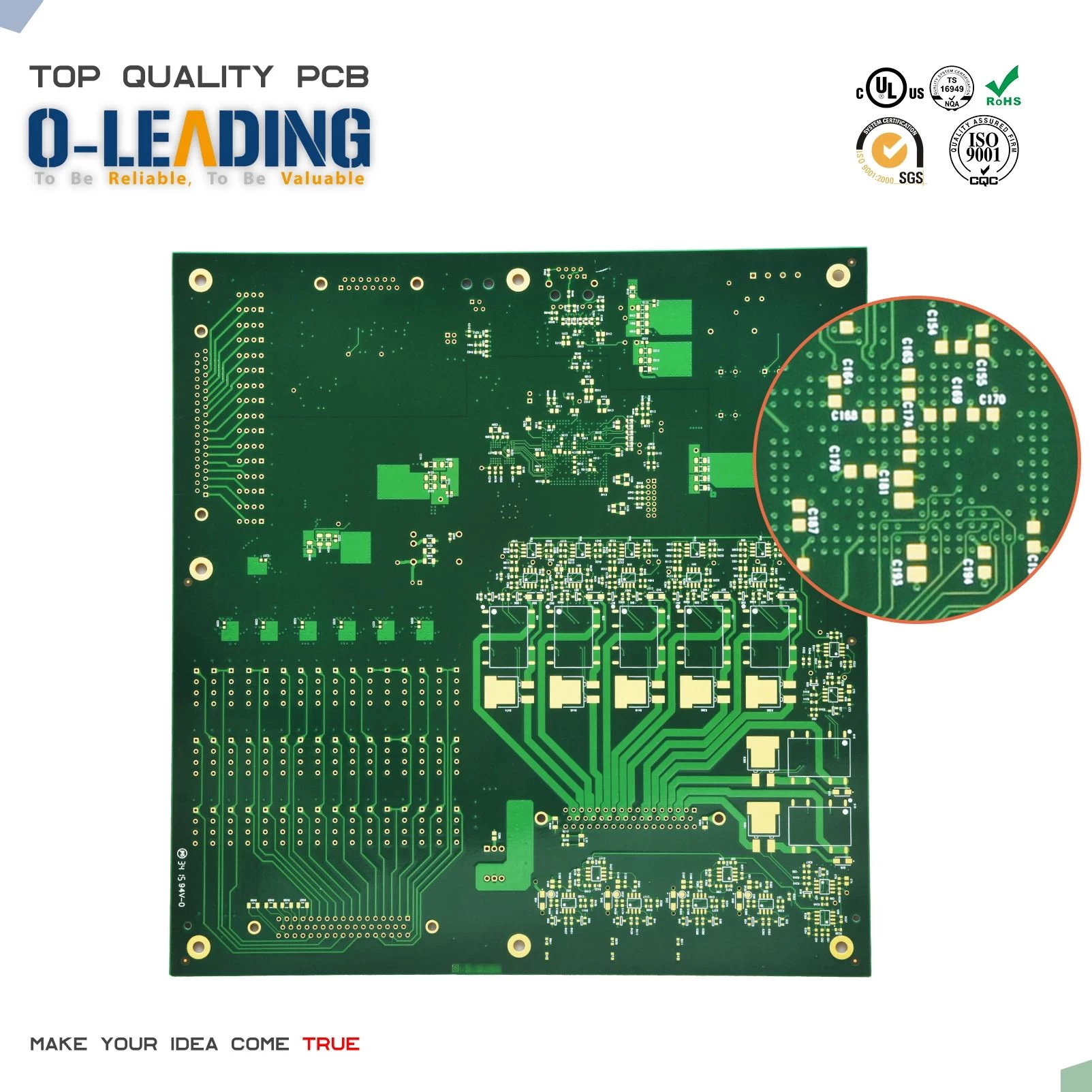What are the types and benefits of PCBA board flexible circuits?
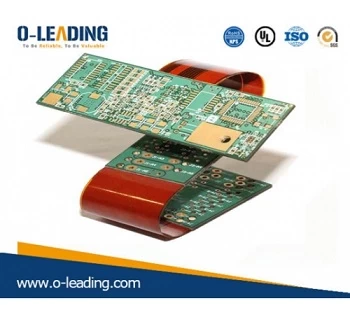
The PCBA board is the finished product after the PCB board has been processed by SMT patch, DIP plug-in and PCBA test. Almost all electronic products need to use PCBA board. With the continuous development of the electronics industry, the size of components is getting smaller and smaller, and the density is getting larger and larger. Flexible circuits have emerged.
A flexible circuit board, also known as a "soft board", is a printed circuit made of a flexible insulating substrate. Flexible circuits provide excellent electrical performance to meet the design needs of smaller and higher density installations, as well as reduce assembly processes and increase reliability. Flexible circuit boards are the only solution to meet the miniaturization and movement requirements of electronic products.
First, the type of flexible circuit
In the past, this interconnection technology was implemented by means of wire interconnection. There are many types of flexible circuits:
1. A two-way flexible circuit, which is a single-sided flexible circuit. The purpose of manufacturing such a circuit is to connect conductive materials from both sides of the flexible circuit.(Flexible PCB manufacturer china )
2, double-sided flexible circuit, is a circuit with two conductive layers, two conductive layers are located on the two sides of the basic layer of the circuit; for your specific requirements, you can form on both sides of the substrate sheet The line pattern, the traces on the two sides can be interconnected by copper-plated through holes.
3, multi-layer flexible circuit, is the combination of several single-sided circuits or double-sided circuits with complex interconnections, in the multi-layer design often need to use shielding technology and surface mount technology.
4. Rigid-flexible circuits combine the advantages of both rigid printed circuit boards and flexible circuits, which are typically interconnected by plated through holes between rigid and flexible circuits.
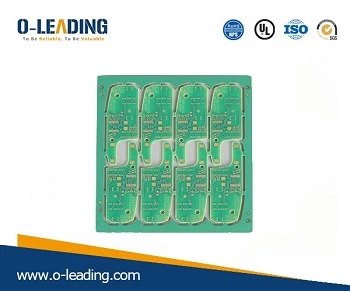
Second, the benefits of flexible circuits
Flexible circuits have many benefits. One of the main benefits of flexible components is the ability to achieve virtually error-free wiring instead of labor-intensive manual routing. In addition to rigid circuits, flexible circuits can also be designed as complex three-dimensional structures because they can be bent into various shapes. As the name suggests, materials used in flexible circuits can be bent back and forth innumerable times, which means they can be used in highly repetitive applications, such as on printheads. Flexible circuit is a very good alternative to rigid boards and wires when PCBA processors need to consider the weight of the product because its dielectric material and conductor lines are very thin.
With the development of technology, it is believed that in the near future, flexible circuits will become smaller and more complex, and the cost of assembly will become higher and higher. So for PCB practitioners, to be able to stand in a higher position in the future, you need to constantly understand, learn and master more about flexible circuits.

